Baku is home to a plethora of museums, though it is difficult to recommend all of them. While some are great, some are not worth a visit in my humble opinion. While some are free, some cost an arm and a leg, either justifiably, or not so justifiably. I will now go through a list of museums that I know, and visited, for the most part. You can then figure out on your own whether you really need to visit that particular museum or not. Let us begin!
Nizami Museum of Azerbaijani Literature
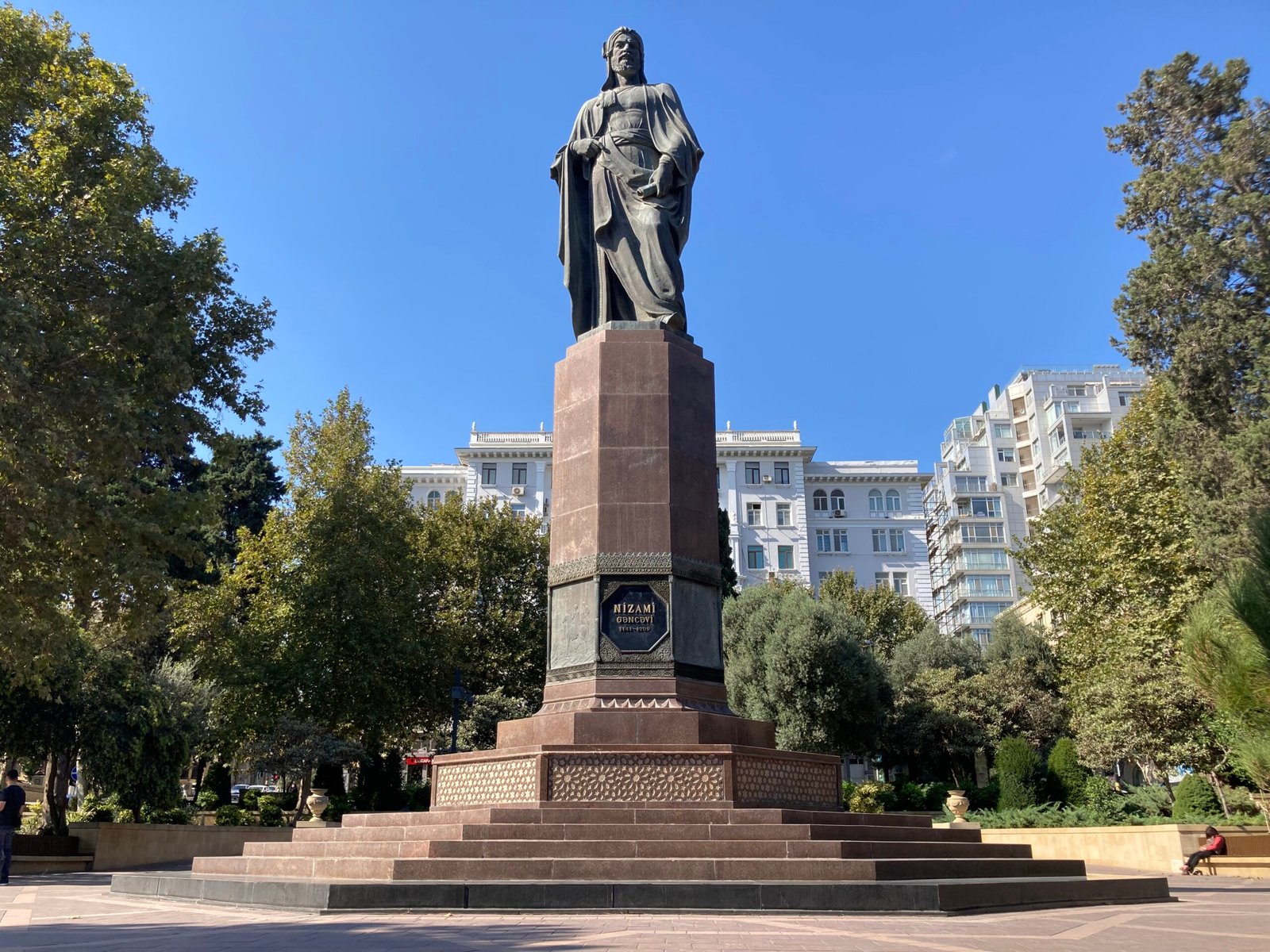
Nizami Ganjavi is a famous Persian poet that lived in the 12th century. His literature is respected all across the region, and while there are some controversies around this, Azerbaijan certainly designated him as their own local poet.
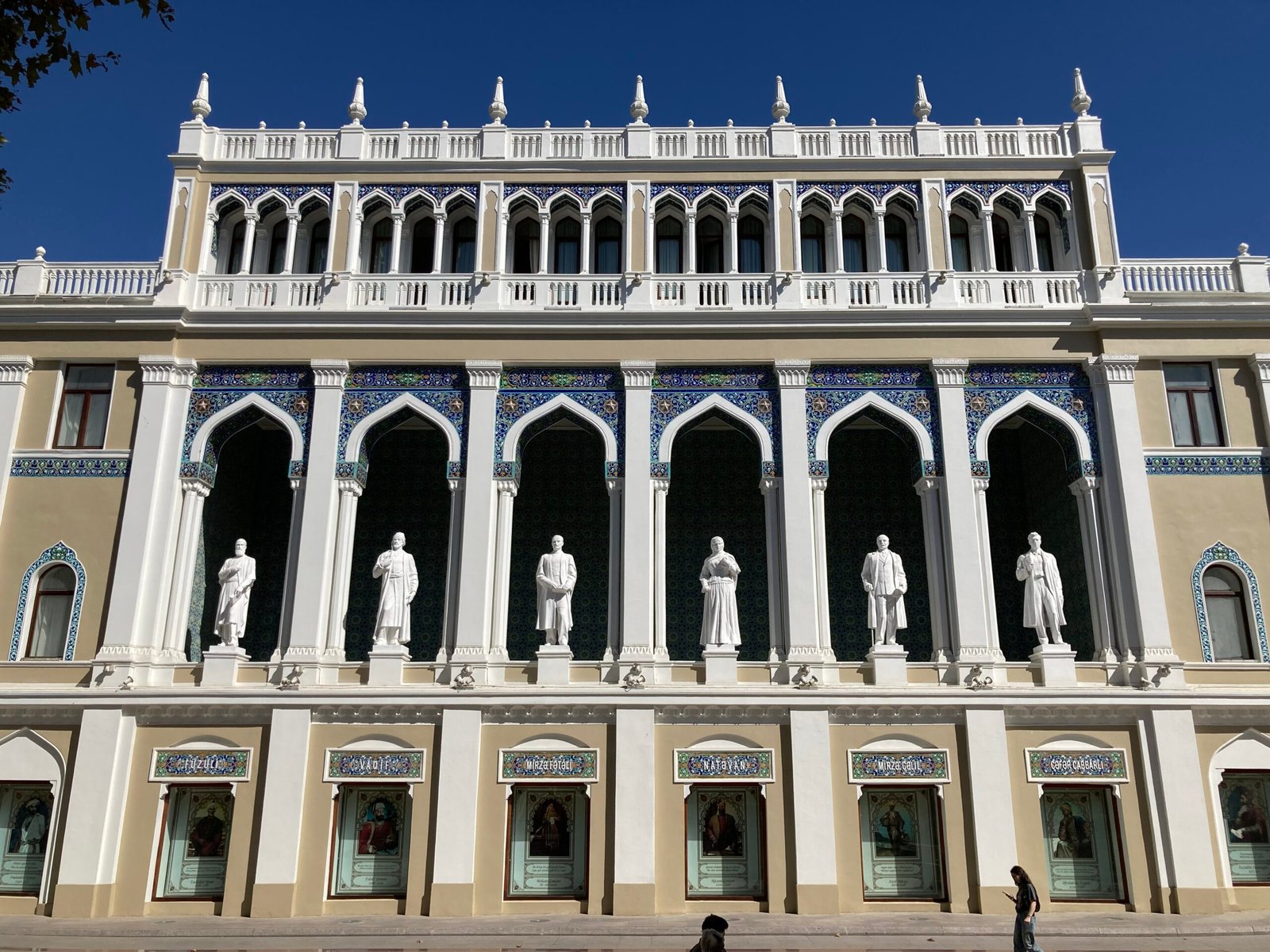
Perhaps unsurprisingly, across the previous gorgeous statue of Nizami Ganjavi, one can find the Nizami Museum of Azerbaijani Literature. I did not visit this museum. I loved the exterior of it, but I know that you cannot take photos inside, and you are, almost always, forced to take a guided tour. I despise guided tours, almost as much as I hate not being able to take a photo of a place that I paid to get in. I do not hate literature, I just hate ridiculous rules.
Museum of Miniature Books
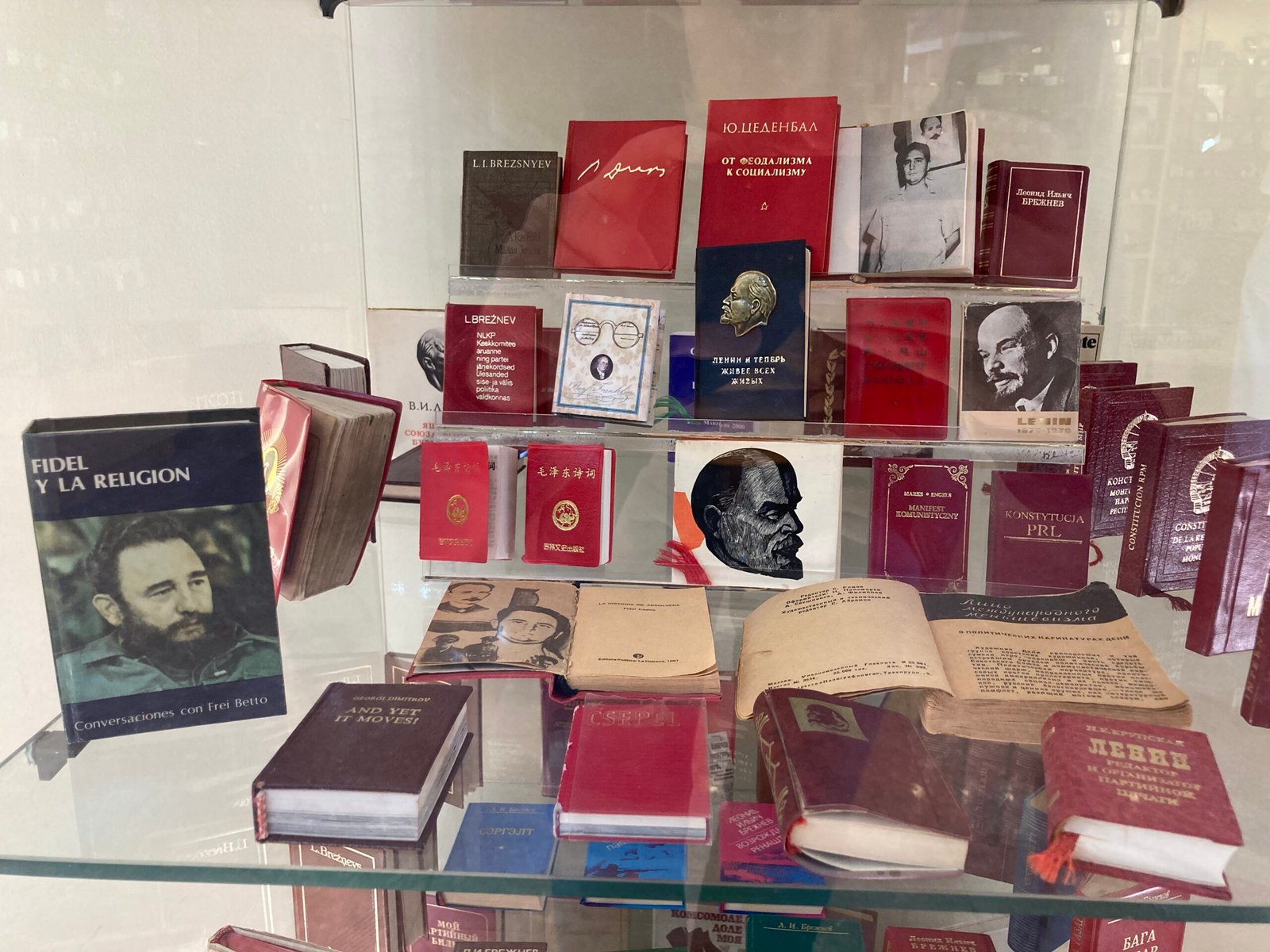
A free museum that is a pure joy to visit? Is that even possible? Well, in Baku, it is possible. Salakhova Zarifa Teymur is the proud owner of a massive collection of miniature books, a collection that earned her a place on the Guinness World Records.
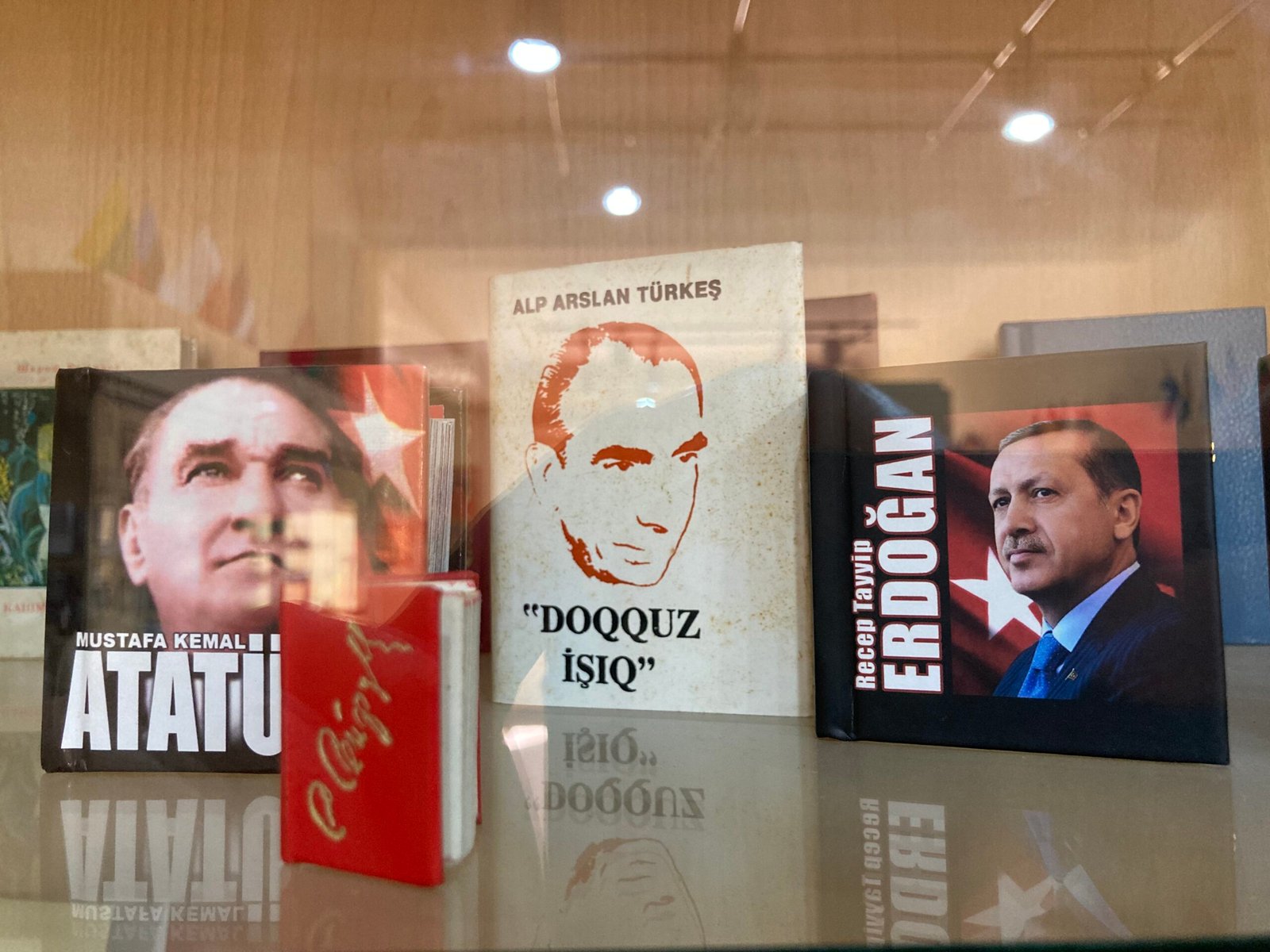
While this museum is not a big one, you can easily spend up to an hour just looking at each individual cabinet and be amazed by the quality and quantity of Zarifa’s collection. No matter where you are from, she will have some tiny books from over there. In this case, you can see some examples from Turkey. This is a must visit in the Old Town of Baku.
Palace of the Shirvanshahs
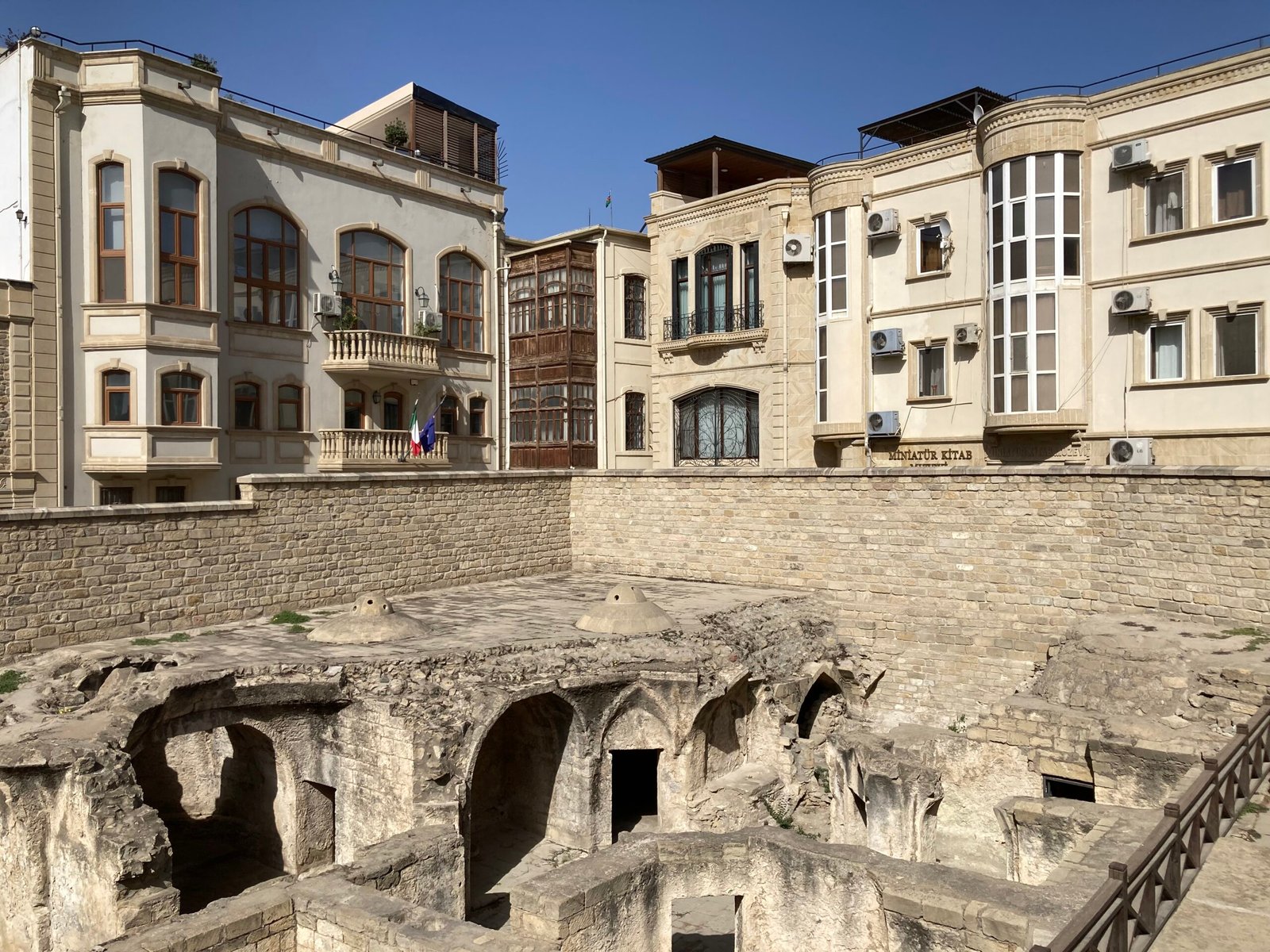
Just across the road from the previous establishment, you will be greeted by some high walls. These walls hide away the Palace of the Shirvanshahs, a museum that you can skip. You have to pay 15 AZN, so almost 10 USD, to see a few small chambers filled with odds and ends from the region’s medieval past. You will also see some barely standing infrastructure, such as the baths photographed here. It was so dark on the inside that I simply could not see, read, nor photograph anything, so my apologies in advance for this less than ideal photo to represent this museum.
Surakhani Ship Museum

Thankfully, not all museums are as poorly filled out as the one above. Surakhani Ship Museum, for example, offers an exceptional exhibition for those interested in shipping, oil industry, and local history. Though I was, sadly, forced into a guided excursion, for only 2 AZN (as a student) I got to enjoy an hour-long lecture on local history and beyond.
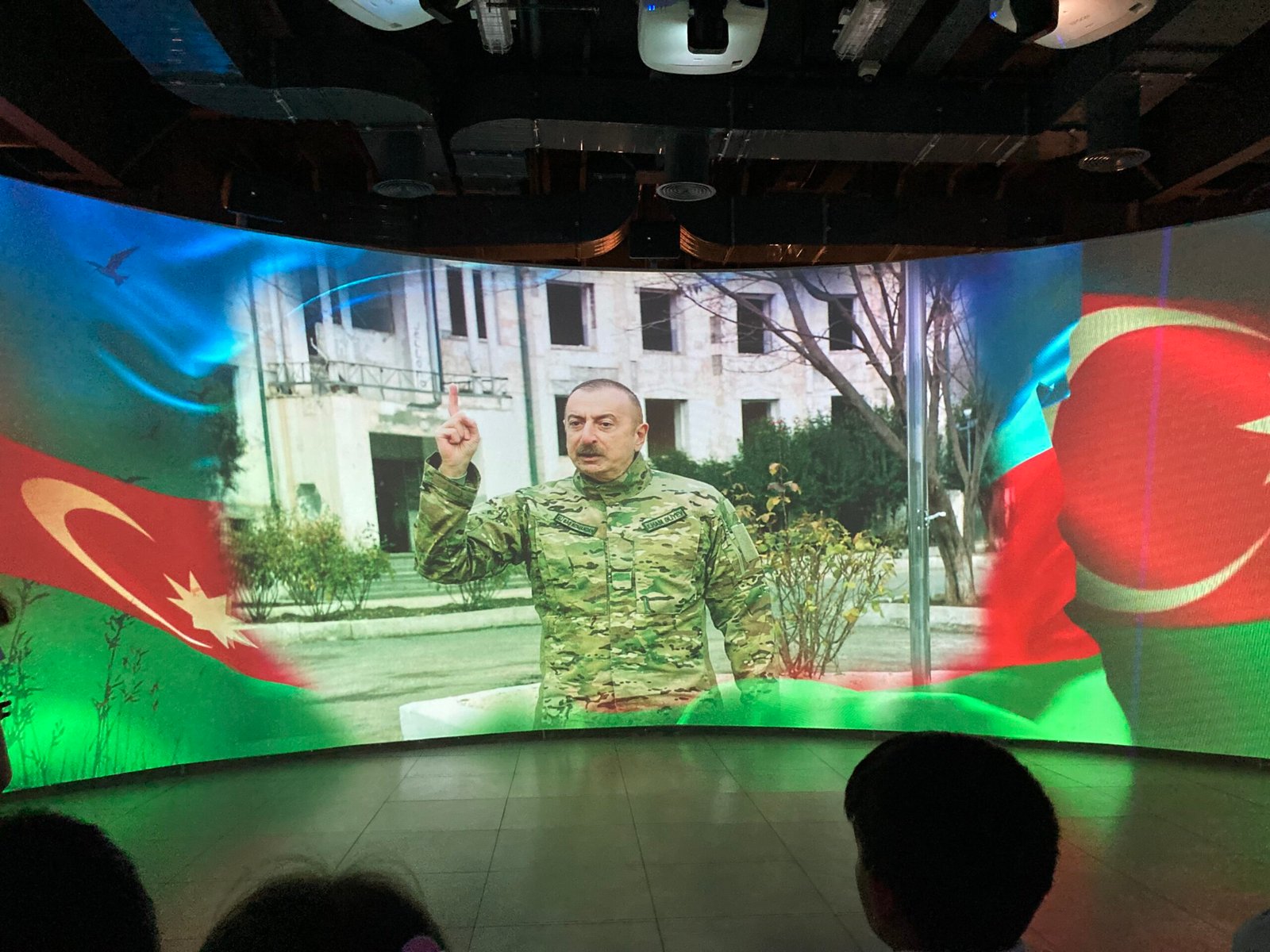
It is interesting to note that in the middle of the excursion, we were brought into this circular room in which we were shown a small video. Said video started with a look into Baku’s history, but quickly became a clearly political take on the most recent conflict in the region. It was certainly a bit bizarre to see it here and then, and many seemed unimpressed, alas, it was there.
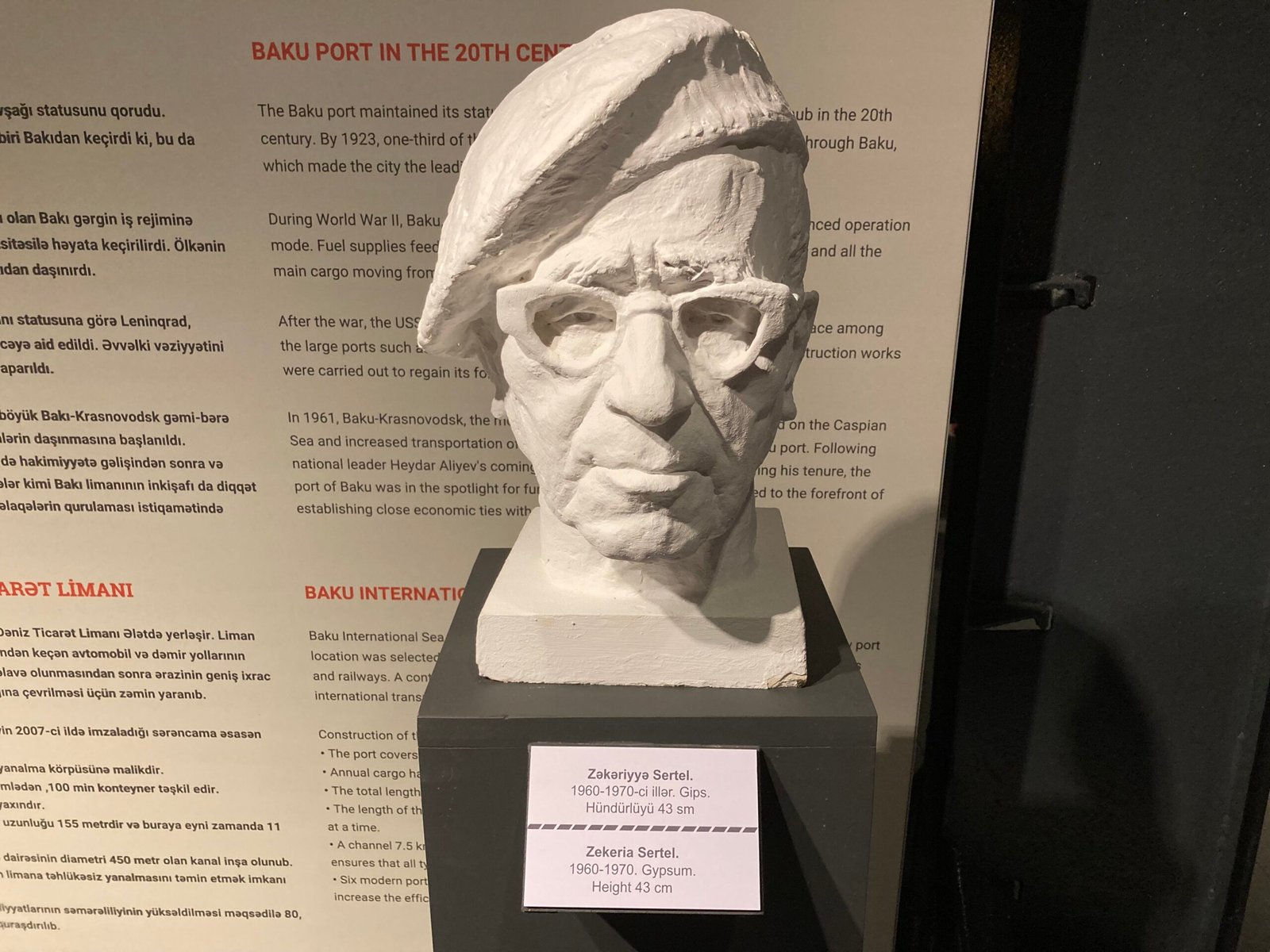
What was even more interesting for me was to see a small sculpture of Zekeriya Sertel, a Turkish journalist that I studied briefly before, here. I knew that he eventually made his way to Soviet Baku after departing Turkey for political reasons, but I did not know just how famous he and his lovely wife, Sabiha, were.
Stone Chronicle Museum
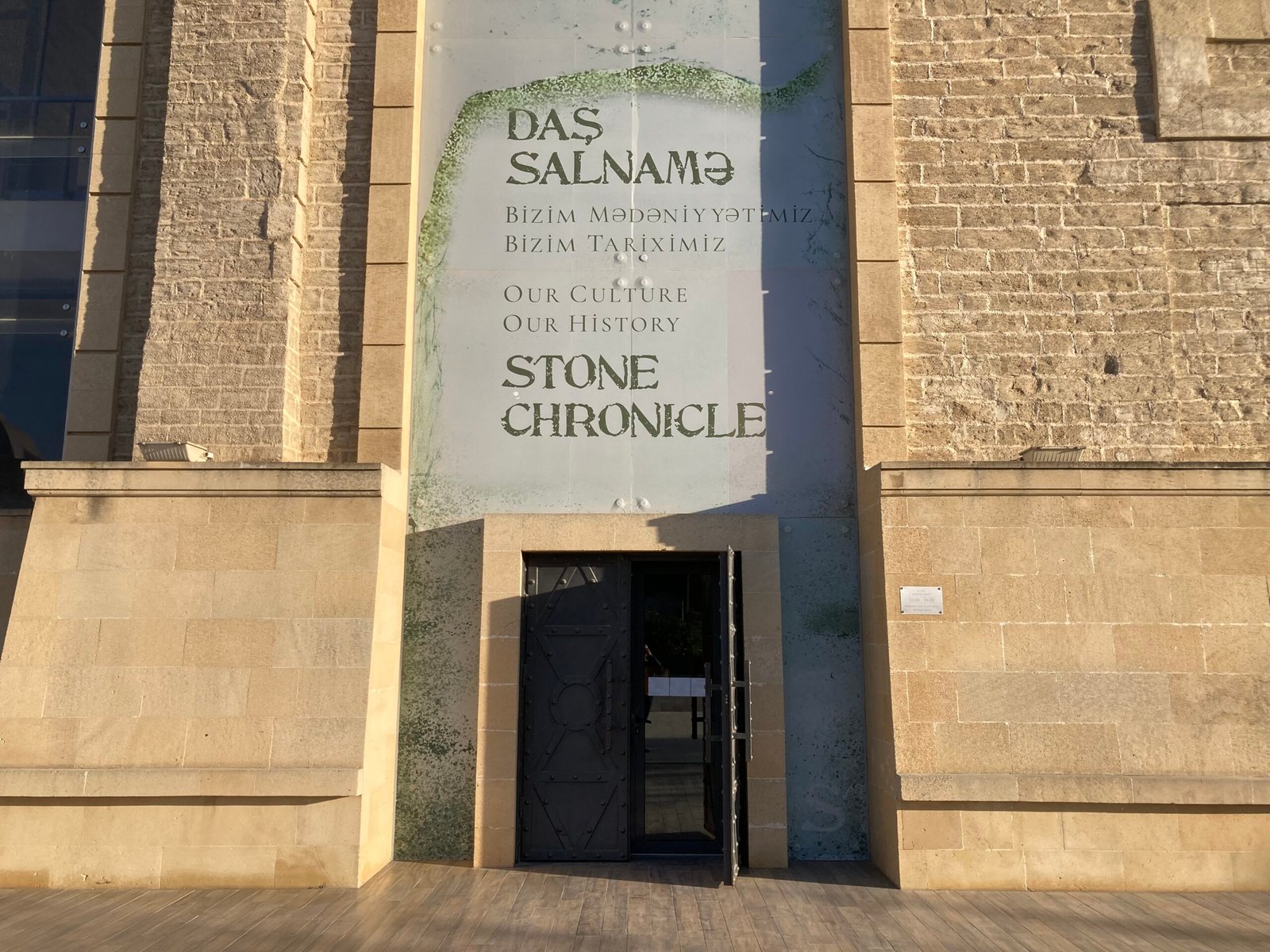
In any country I visited so far, museums and state propaganda went hand in hand together. In Baku, as you have already seen, it was also the case. What was truly surprising, however, was to see the words “our culture, our history” in the entrance of a free (and beautiful) little museum about the rock art found around Baku. I mean, the desire to associate and thus own the land one lives on is understandable, but I am pretty sure none of us today can claim any rock art that was created some thousands of years ago.
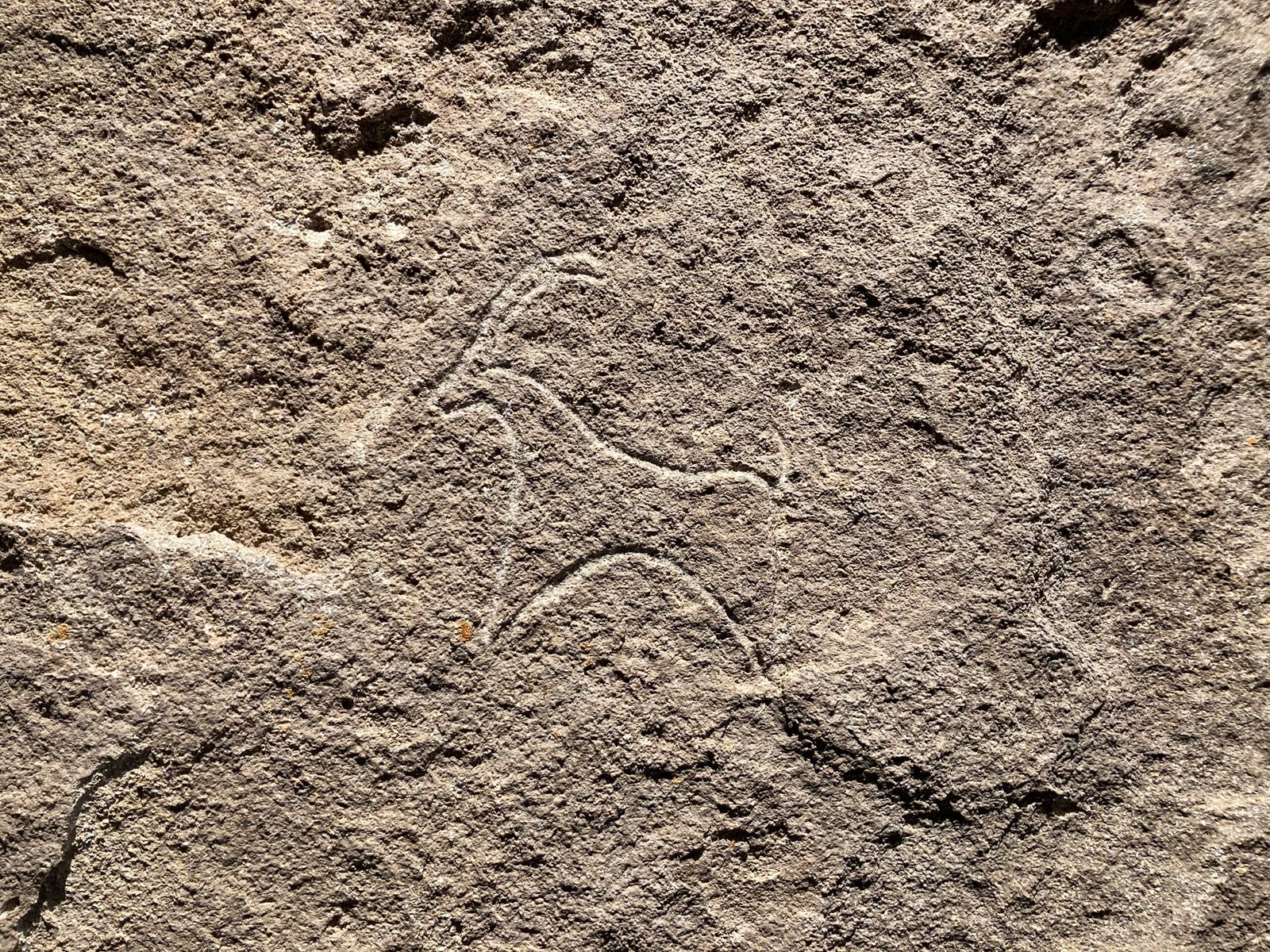
What we can discuss today, however, is just how beautiful they are. Despite being drawn on a literal rock, most of the artwork I have seen here had more natural and beautiful lines than the ones I can draw on paper.
Ateshgah of Baku
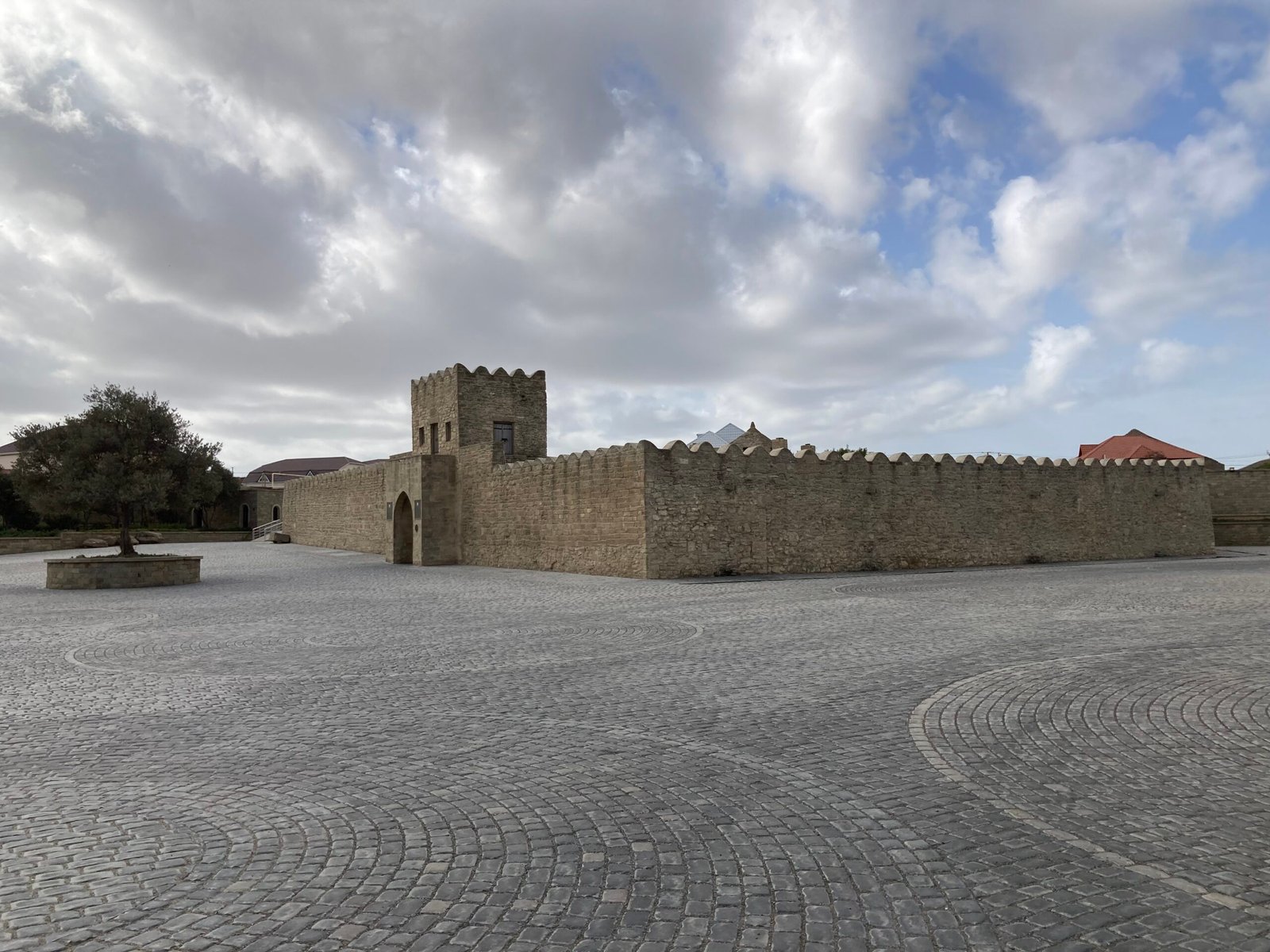
After, once again, realizing the depth of my inaptitude for arts, I rested for a day and then made my way to what I would argue is the best museum in town, the Ateshgah of Baku. It does not look like much from here but let us go in before judging a book by its cover.
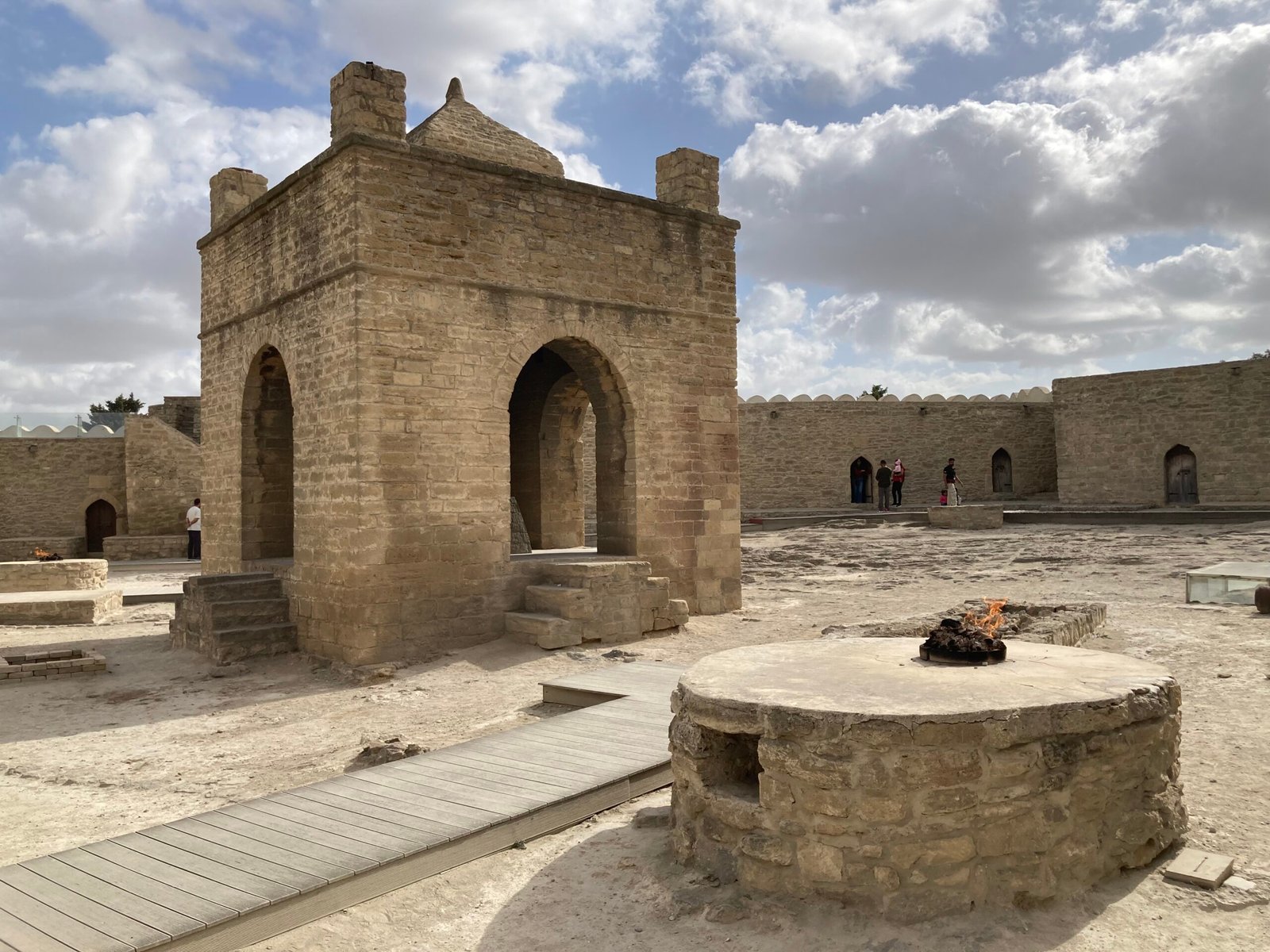
If you are interested in Zoroastrianism, congratulations, you are at the right spot! This is one of the oldest temples in the world that is dedicated to fire worshipping. While it may not seem like much on the outside and frankly even from within, this place oozes with history.

The central fire that you can see here is relatively modern, but a more long-lasting fire was in fact visible in this altar for many centuries prior to Russian rule in this part of the world. Indian and Persian traders, hailing from parts as far away as one can reach using the Grand Trunk Road and beyond would come to this temple, donate to it, and make sure that it sustained its operations despite religious changes occurring all around the Caucasus.
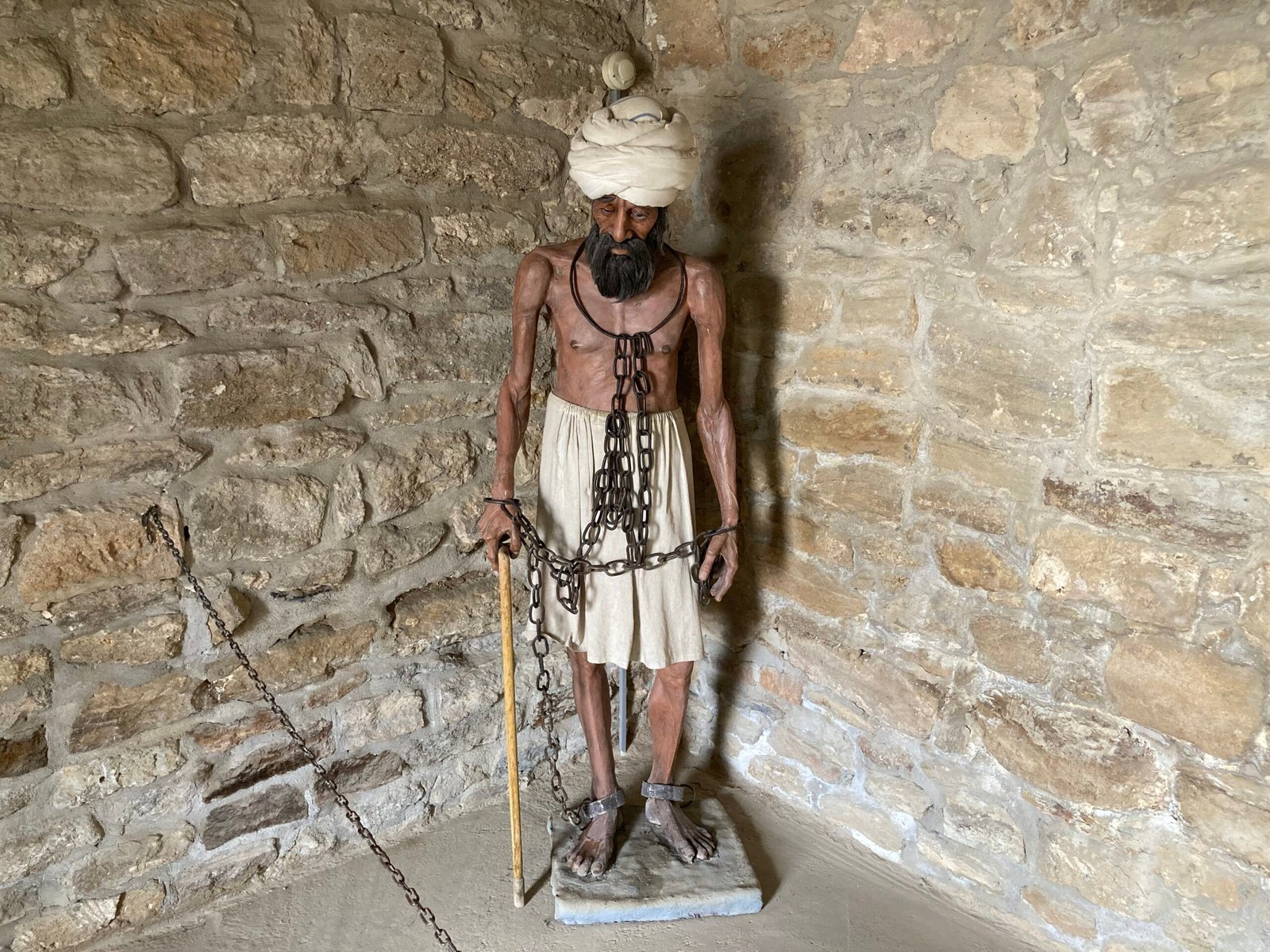
In the small chambers that lay around the central courtyard, you can find snippets into the daily life of ascetic monks that once called this place home. You can also read a lot about the history of not only this fire temple, but also Zoroastrianism as a whole. It was particularly interesting to see the efforts done to keep the flames of the temple running after they went out following the exploitation of oil resources around the region. Thankfully, the Russian administration at the time saw it fitting to use a small pipeline to make sure that the gas going to this temple could always be supplied, no matter the geological situation found beneath the area.
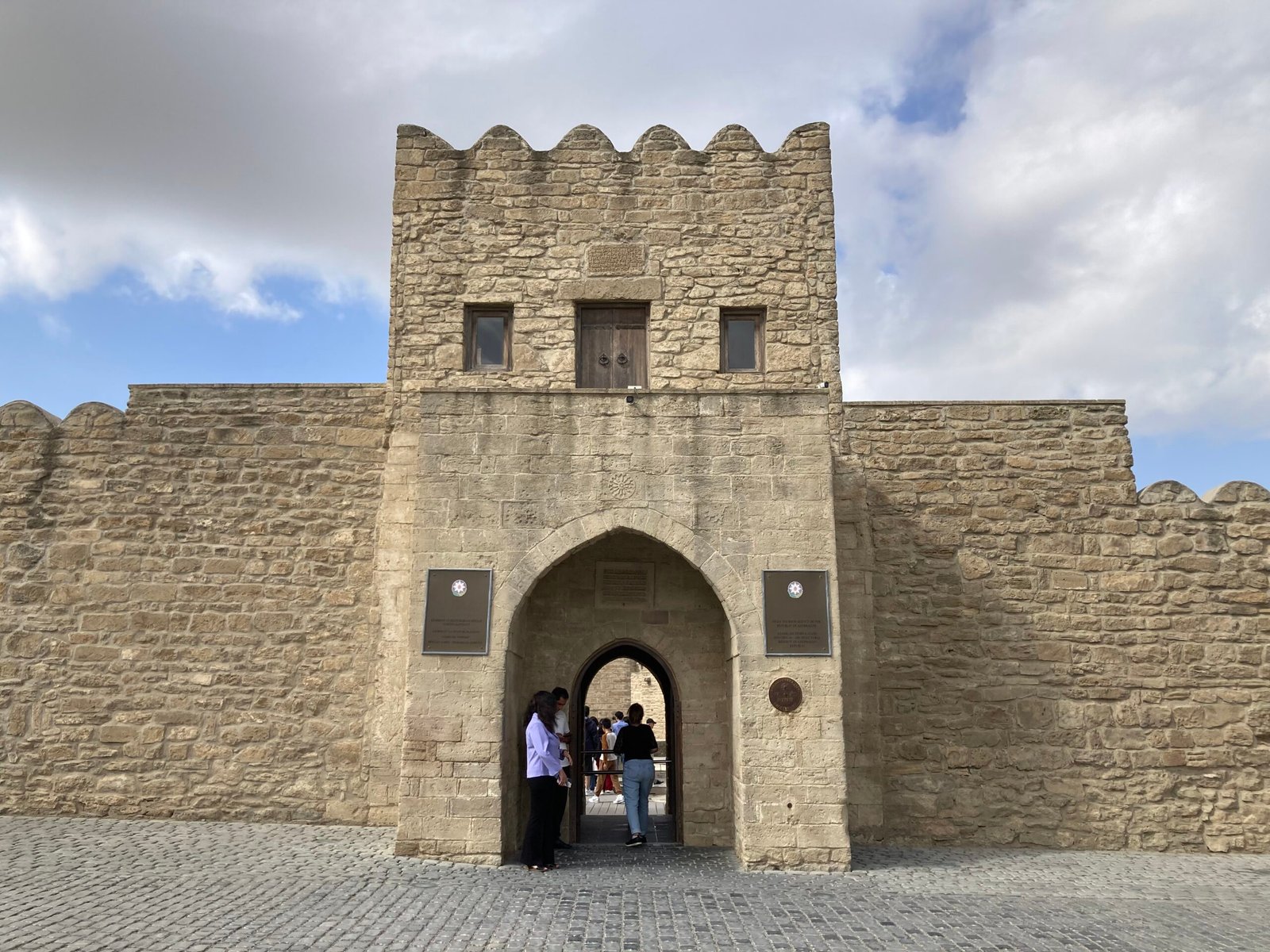
While it only takes around half an hour to properly enjoy this museum, and costs around 10 AZN to visit, it was, definitely, the most interesting museum I have been to in Baku. It is, in fact, more than a museum. It is a landmark, it is Mecca to a dying religion, or Jerusalem for an almost lost belief system. It is history, in its purest form.
Heydar Aliyev Museum
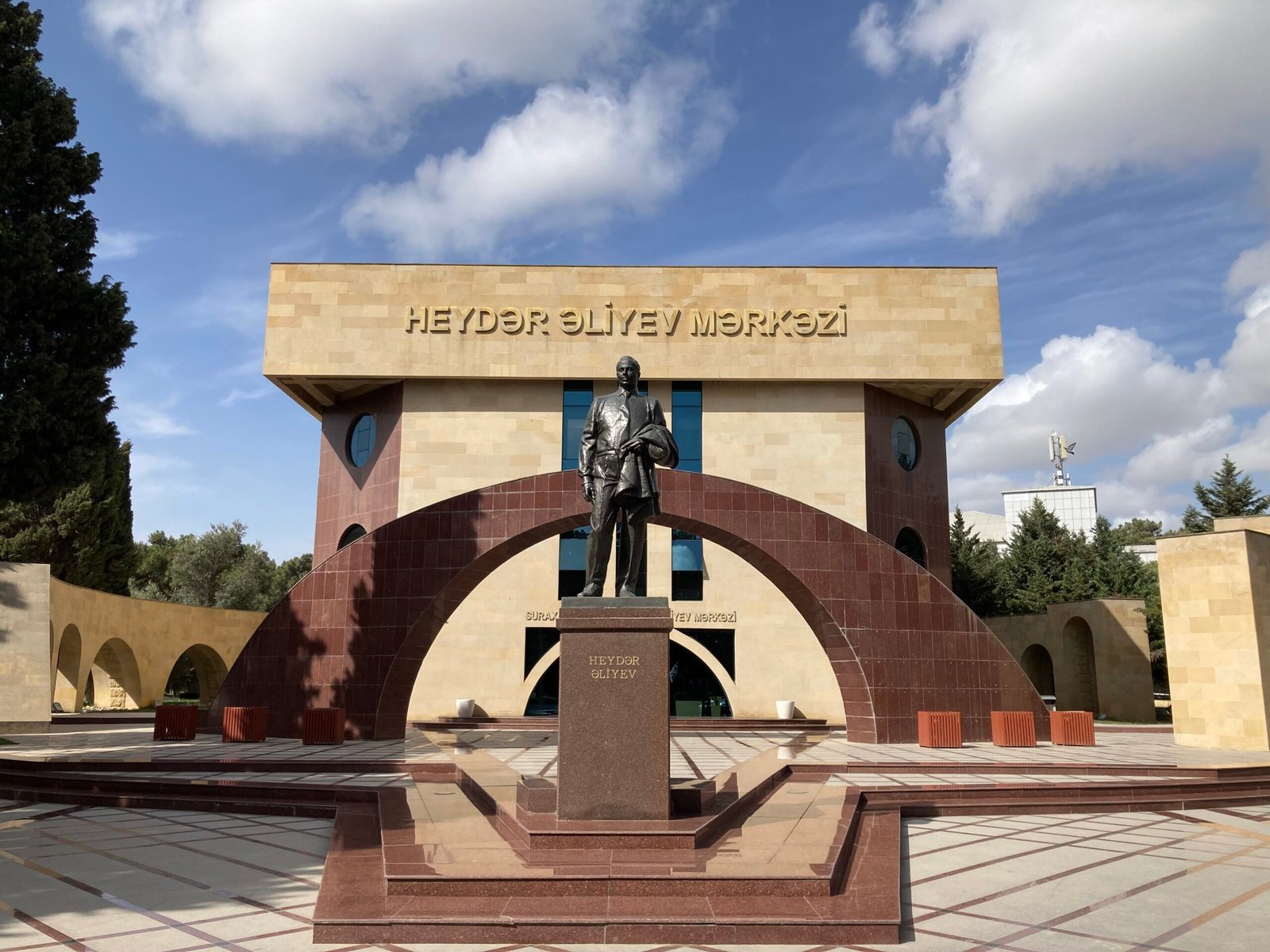
If you are interested in even more history, but perhaps a more modern one, then you will be happy to hear that just a few minutes away from the Ateshgah of Baku, one can find the Heydar Aliyev Museum, not to be confused with Heydar Aliyev Center. It is, unfortunately, very easy to confuse the two, as this one is also named as Heydar Aliyev Center in reality, and has comments mostly for that much more opulent building on its own Google Maps profile… Nevertheless, this is a separate building, dedicated to the life of Heydar Aliyev, and on top of that, it is completely free.
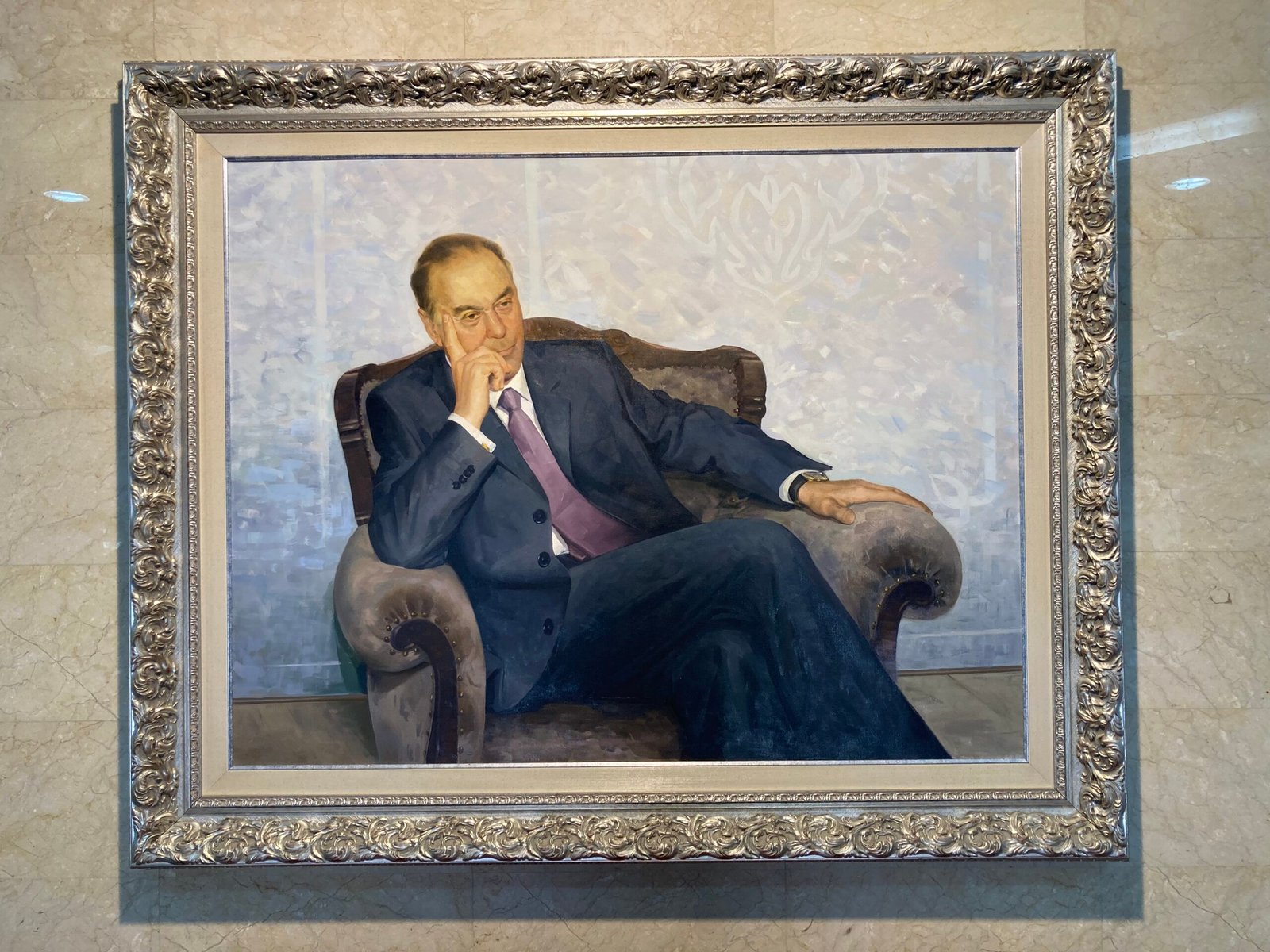
You will be greeted with some of the liveliest guides in existence, and they will bring you to a few rooms full of artwork and memorabilia about the country’s first president, Heydar Aliyev. Do not be surprised if they take photos of you, they like to share their visitors on social media. While the whole place feels very Soviet, and you can almost feel the cult of personality slowly taking a hold of your heart, I have to admit that the whole experience was pretty enjoyable. You learn a lot about the man who made the Azerbaijan that it is today and get to see some childhood photos of the Aliyev that runs the country today. It is a short but sweet visit, one that I recommend to all.
